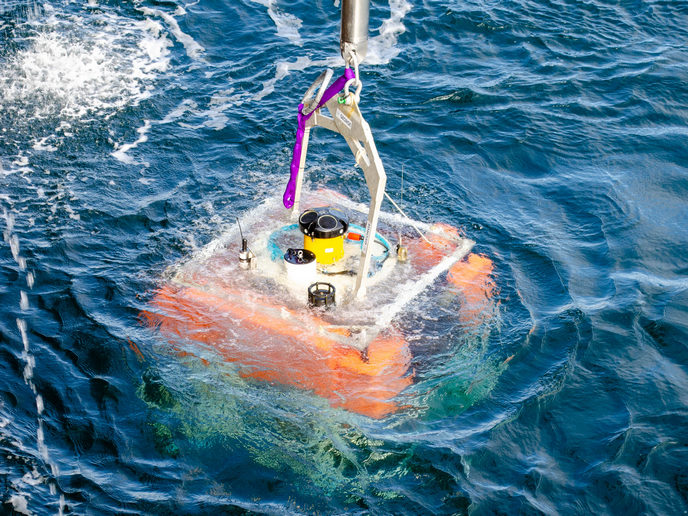Sustainable technologies help tackle water challenges in India – and Europe
While India comprises 18 % of the world’s population, it holds only 4 % of the world’s water resources(opens in new window). This makes India one of the most water-stressed countries in the world, with 6 % of the population(opens in new window) facing extreme water stress. The government of India has committed(opens in new window) to provide tap water connections to every household by 2024. To meet this goal, there is an urgent need for effective solutions to increase access to safe water. The PAVITR(opens in new window) project is helping to answer this call. “The project aims to develop the cost-effective and sustainable solutions needed to ensure the provision of safe water across India,” says Mirko Hänel, a researcher at ttz Bremerhaven(opens in new window), the project’s European coordinating partner.
Collaborative research
The project, which was co-funded by the EU and India’s Department of Science and Technology(opens in new window), brought together researchers and experts from across the world. “The cooperation is a win-win situation, as India not only is a huge market for Europe, but also offers know-how, skilled staff and suitable climate conditions for nature-based solutions,” adds Hänel. “By bringing together experts from both continents and working together towards a common goal, we’ve been able to address real social challenges.” Together, the project’s 22 partners(opens in new window) developed and deployed 14 advanced innovative technologies. “These market-ready technologies provide cost-efficient waste water and water treatment systems for rapidly expanding rural and urban water treatment, reuse and valorisation, and are adapted to Indian conditions,” explains Hänel. Among those technologies is an electro-chlorination unit. The station doses chlorine in very small quantities into the water for residual disinfection. Using an internal sensor, the amount of chlorine needed to achieve the treatment target is continuously adapted to reflect demand. “Compared to common chlorination systems, our solution substantially reduces the amount of disinfectant used, overall costs and the risk of potentially formed by-products,” notes Hänel. The station can supply 30 000 litres of water, which meets Indian and international guidelines, every day.
Research that benefits Europe too
Guided by India’s coordinator Nadeem Khalil, professor of Environmental Engineering at Aligarh Muslim University(opens in new window), PAVITR technologies have already been implemented across India, constituting a total treatment capacity of 824 000 litres per day, benefiting more than 50 000 people. But why stop there? To ensure an even bigger impact, the project’s partners collaborated to develop new management and planning strategies to better monitor pollution levels. They also provided evidence-based input to help India enact effective water-related policies. Crucially, the project’s work was not a one-way street. “PAVITR contributed to the development of sustainable technologies to cope with water shortages not only in India, but also in Europe, where climate change is expected to have a major impact on water resources,” concludes Hänel. Khalil adds: “The project has offered an excellent opportunity for research organisations, from both India and Europe, to collaborate and to enhance and enrich one another’s knowledge and technical capacities in new and innovative technologies for water, waste water and sludge treatment; and demonstrated their efficacy for possible replication.”







